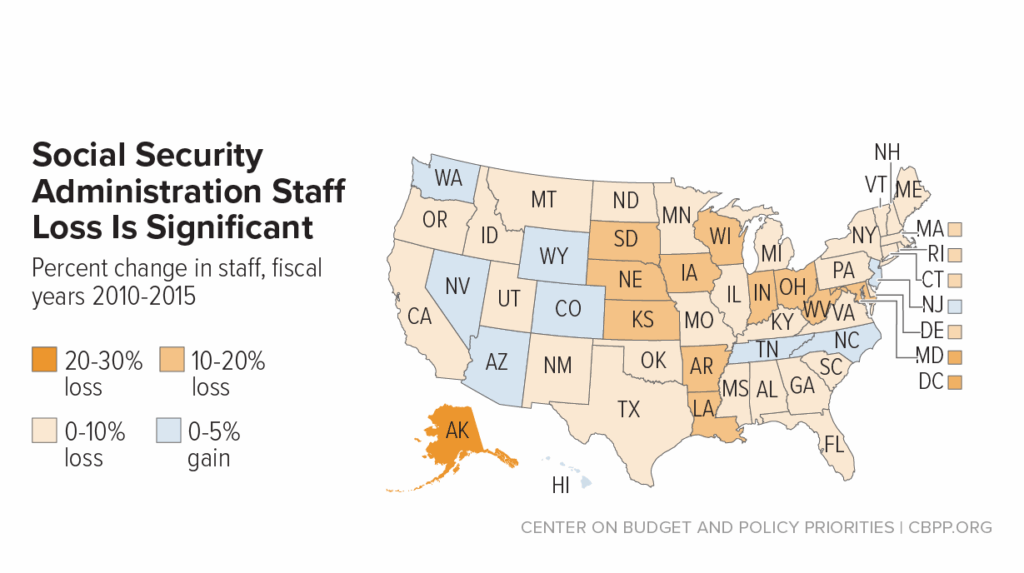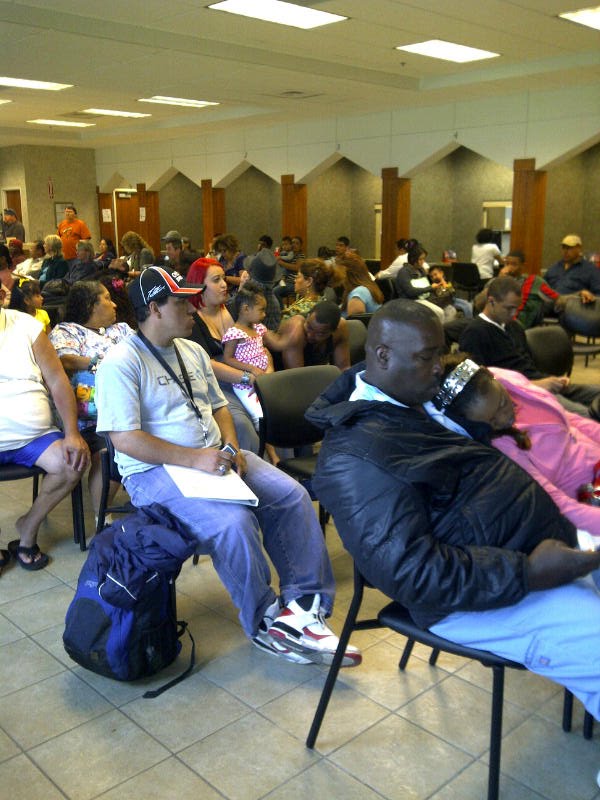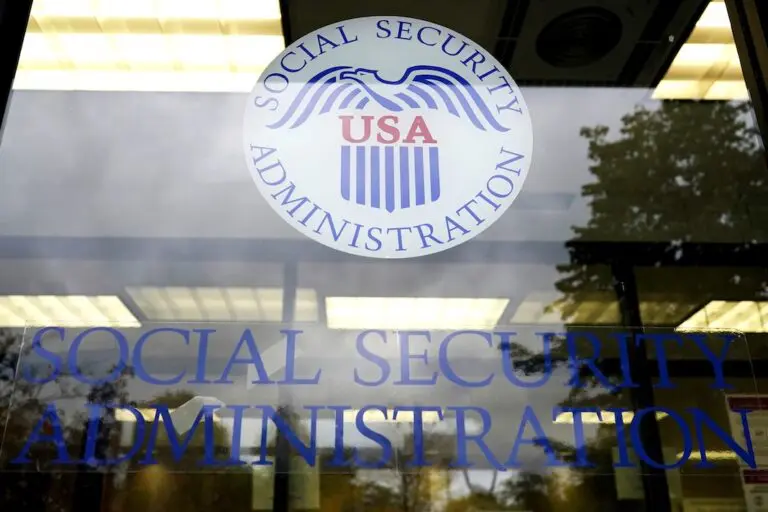Social Security Wait Times Spark Controversyb: Social Security wait times have hit a boiling point in 2025, igniting public outrage across the country. Whether you’re a retiree counting on monthly checks, a disabled worker trying to get your benefits, or a caregiver navigating the system for a loved one—you’re likely facing delays, dropped calls, and a wall of bureaucracy.
Many Americans are now asking: Why is it taking so long? What changed? And most importantly—what can be done about it? This article takes a deep dive into the issue. We’ll explore what’s causing the bottlenecks, how it’s affecting different people, and what steps you can take today to get the help you need. This is your go-to guide—simple, reliable, and straight to the point.
Social Security Wait Times Spark Controversy
America’s Social Security system is under pressure like never before. Staff shortages, outdated technology, and the removal of transparency tools have created a perfect storm of delays, confusion, and public frustration. While modernization is necessary, it must not come at the cost of accessibility or accountability. Millions of Americans depend on this system—not as a luxury, but as a lifeline. Whether you’re a retiree waiting for a check, a disabled vet fighting for benefits, or a caregiver just trying to update a record—know this: You’re not alone, and you’re not powerless. Stay persistent, use the tools at your disposal, and raise your voice. The more we push for answers, the closer we get to solutions.

| Topic | Details |
|---|---|
| Average Call Wait Time | 19.2 minutes officially, but reports show 60–90+ minutes |
| Field Office Appointment Delays | Average wait: 34 days |
| Disability Claim Backlog | Over 1.4 million pending claims |
| SSA Staffing Reductions | ~7,000 employees lost since 2022 |
| Data Transparency | SSA removed real-time wait dashboards in June 2025 |
| Affected Groups | Seniors, Veterans, Disabled Citizens, Low-income Families |
| Official SSA Website | ssa.gov |
Why Wait Times Are Spiraling Out of Control?
1. Staff Cuts and Budget Freezes
Since 2022, the Social Security Administration (SSA) has seen its workforce shrink by more than 10%. That’s over 7,000 fewer employees to handle claims, answer calls, process documents, and assist visitors.
Budget freezes during recent federal spending debates have also prevented SSA from hiring replacements or investing in much-needed training. The result? Field offices are overwhelmed, and national call centers are running behind.

2. Outdated Technology Meets a Digital Push
SSA has made a strong push toward a “digital-first” strategy—filing online, virtual account access, and AI-assisted case sorting. However, the systems in use are outdated and often unreliable. Users report crashes, inaccessible features, and forms that vanish after submission.
This tech transition disproportionately impacts older adults, rural residents without stable internet, and non-English speakers. For many, online access isn’t realistic—yet they are being forced to use it.
3. Loss of Transparency
Until June 2025, SSA provided a public-facing dashboard showing real-time metrics such as call wait times, number of claims in progress, and average processing timelines.
That dashboard was removed with no warning. Now, Americans have no clear way to track their place in line. SSA says it’s focusing on “experience-based data,” but critics see it as an effort to hide worsening performance.
4. Prioritization of Fairness Act Claims
Under new federal mandates to address systemic inequities, SSA is giving priority to claims involving racial or procedural bias, known as Fairness Act reviews. While this is an important step forward, it has further delayed routine requests like direct deposit changes, benefit updates, or simple verification letters.
This prioritization has led to delays for tens of thousands of Americans whose issues, while not legally urgent, are financially and emotionally critical.
The Human Cost: Who’s Being Affected?
Seniors
Many seniors, especially those aged 75 and older, are struggling to navigate SSA’s increasingly digital system. Some lack email accounts or smartphones. Others can’t travel to a field office without assistance. Long delays have left many unable to pay rent or utilities on time.
Disabled Workers
More than 1.4 million Americans are waiting on Social Security Disability Insurance (SSDI) claims. The average processing time is now over seven months—and that’s just the first stage. Denied claims, which are common, can take another year to appeal.
Veterans
Veterans applying for Social Security benefits often deal with a dual system of federal paperwork: VA records and SSA documentation. One missed file or typo can lead to months of delays. Many are forced to live on minimal income or dip into savings while waiting.
Low-Income Families
SSI applications for children or seniors in low-income households are also backlogged. Many parents report sending documents multiple times, only to be told their claims are incomplete. These families often face food insecurity or eviction while waiting for resolution.

Real-Life Example: “It’s Been Six Months—And Still No Answer”
Marisol R., a 63-year-old woman from Fresno, California, applied for her retirement benefits in January 2025. She used the online system and received confirmation. But by April, no payment had arrived.
“I tried calling. I waited for 71 minutes the first time, and then the line dropped. I emailed, mailed another copy of my ID, and still—nothing. It’s June. I have no money for rent next month,” she said.
Her story is just one of thousands.
What You Can Do Right Now As Social Security Wait Times Spark Controversy: Step-by-Step Guide
Step 1: Open a “my Social Security” Account
Visit ssa.gov/myaccount to create your personal account.
With it, you can:
- Check application status
- Update personal information
- View and download your earnings record
- Apply for retirement or SSDI
Pro tip: Don’t use public Wi-Fi when logging in. Your data needs to stay secure.
Step 2: Call at the Right Times
To increase your chances of reaching someone:
- Call Tuesday through Thursday
- Between 10:00 a.m. and 3:00 p.m.
- Avoid the beginning and end of the month
SSA’s number is 1-800-772-1213. Always write down who you speak to and ask for a confirmation number.
Step 3: Visit Your Local Field Office (If You Can)
SSA field offices are still open to the public. To locate yours: ssa.gov/locator
Call ahead and make an appointment. Bring copies of your documents, ID, and any previous correspondence.
Step 4: Escalate When Necessary
If you’re getting nowhere:
- Ask to speak with a supervisor
- Contact your U.S. Representative or Senator’s office; they often have caseworkers who deal directly with SSA
- File a complaint with the SSA Office of Inspector General: oig.ssa.gov

Need Help Navigating the System?
Several nonprofit and legal aid groups offer free assistance:
- National Council on Aging
- Justice in Aging
- Legal Services Corporation
They can help with:
- Filing or appealing claims
- Understanding eligibility
- Communicating with SSA on your behalf
Expert Opinions: What Are the Pros Saying?
“SSA is in crisis, but the public doesn’t realize how severe it is until they’re personally affected,” says Jennifer Chu, a public policy professor at Georgetown University.
“Modernizing SSA’s digital systems is essential, but it can’t come at the expense of accessibility and human contact,” adds Ramon Delaney, a retired SSA administrator with over 30 years of experience.
According to a 2025 Congressional Budget Office report, SSA faces a $3.1 billion shortfall in funding requests tied to customer service improvement.
Advocating for Change: Your Voice Matters
Don’t suffer in silence. Change happens when people speak up.
Here’s how to advocate for better service:
- Share your story with local media or advocacy groups
- Write your congressional representatives about SSA staffing and budget needs
- Sign petitions from trusted advocacy groups like AARP or Justice in Aging
Full Retirement Age Is Changing Again – What It Means for Your Social Security Benefits
Say Goodbye to Your Social Security Benefits If You Make These 5 Costly Mistakes in June 2025
Social Security Privatization Could Backfire — Here’s Why Experts Are Sounding the Alarm











